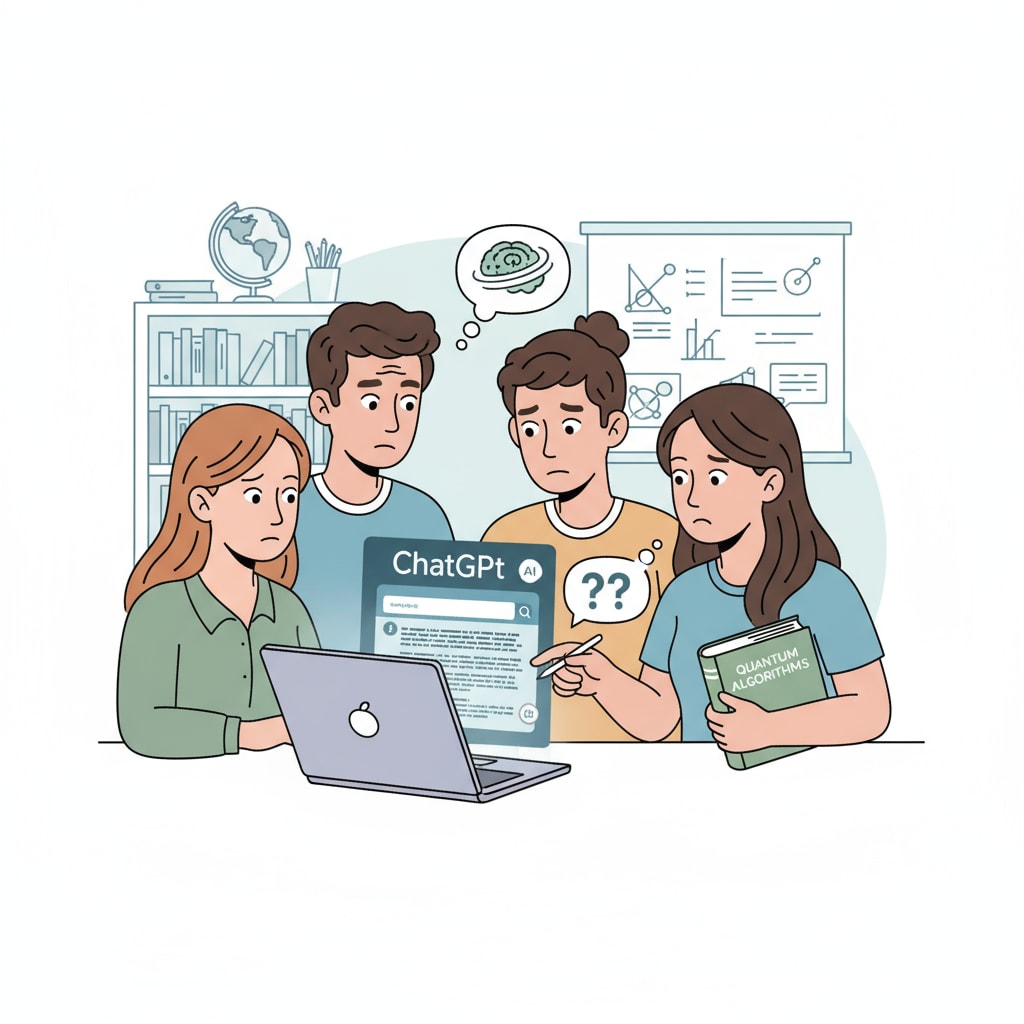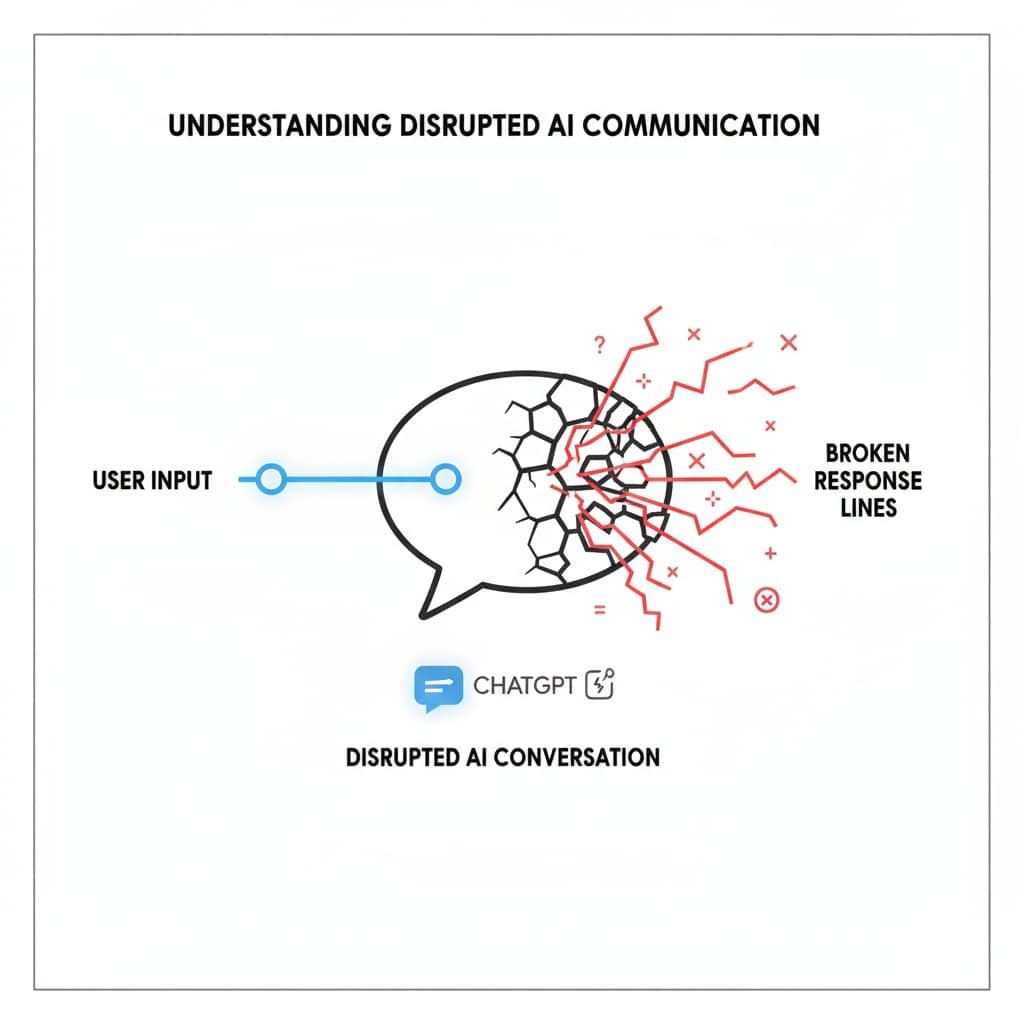As the integration of technology in education continues to gain momentum, ChatGPT, a popular artificial intelligence tool, has been hailed as a potential game-changer. However, like any educational tool, it comes with its own set of limitations. This article delves into the learning limitations of ChatGPT, specifically focusing on three major flaws in its application within K12 education.

The Pitfall of Conversation断层
One of the primary issues with ChatGPT in a K12 educational context is the problem of conversation断层. In an ideal learning environment, seamless interaction is crucial. Students need to be able to engage in a continuous dialogue to deepen their understanding. However, ChatGPT often experiences disruptions in conversation flow. For example, when a student asks a series of related questions, the responses may not build on each other in a logical manner. This lack of coherence can be confusing for young learners. According to ChatGPT on Wikipedia, the model’s training and architecture may contribute to these conversation gaps, which are a significant drawback as an educational tool.

Instances Deficiency
In addition to the conversation problem, ChatGPT suffers from a lack of sufficient real-world instances. In K12 education, hands-on examples and case studies are invaluable for helping students grasp complex concepts. However, ChatGPT may not always provide an adequate number of practical examples. For instance, when teaching a scientific principle, it might offer theoretical explanations but fail to present enough real-life scenarios where the principle is applied. This deficiency can make it difficult for students to make connections between what they learn in theory and how it is used in the real world. As Artificial Intelligence on Britannica points out, the reliance on pre-trained data may limit the availability of relevant and diverse instances for educational purposes.
Another area of concern is the lack of personalized motivation within ChatGPT. In K12 education, motivation plays a vital role in a student’s learning journey. Each student is unique, with different interests and learning paces. However, ChatGPT offers a one-size-fits-all approach. It lacks the ability to recognize and respond to individual students’ motivational needs. For example, it cannot sense when a student is losing interest and provide the necessary encouragement or tailor the learning experience to re-engage them. This lack of individualized motivation can hinder a student’s overall learning progress.
Readability guidance: By highlighting these three major flaws – conversation断层, instances deficiency, and lack of motivation – it is evident that while ChatGPT has potential in education, it also has significant limitations. Educators must be aware of these learning limitations and use ChatGPT as part of a balanced educational approach, rather than relying solely on it as an educational tool.


